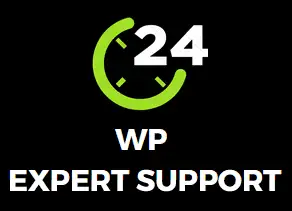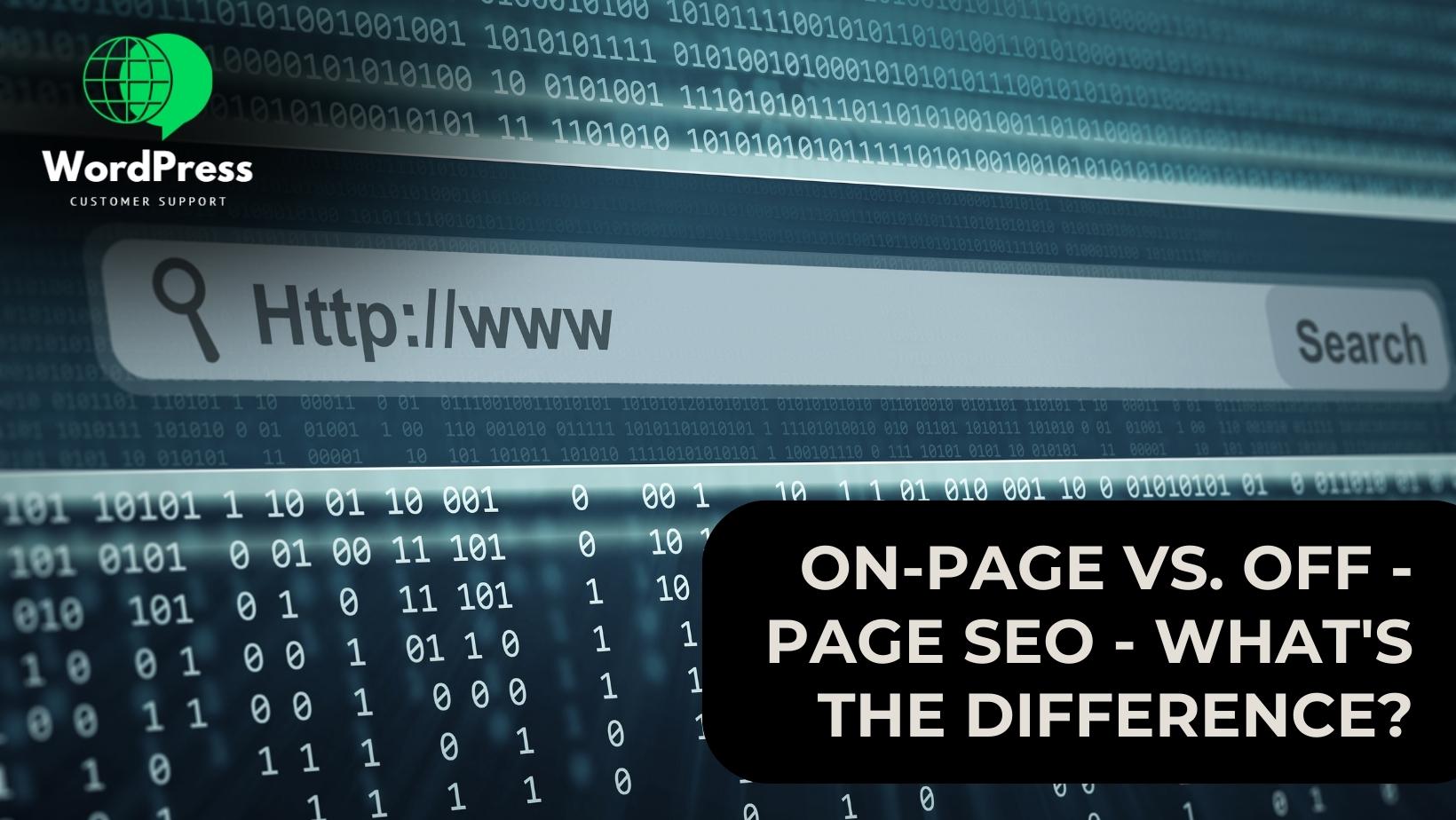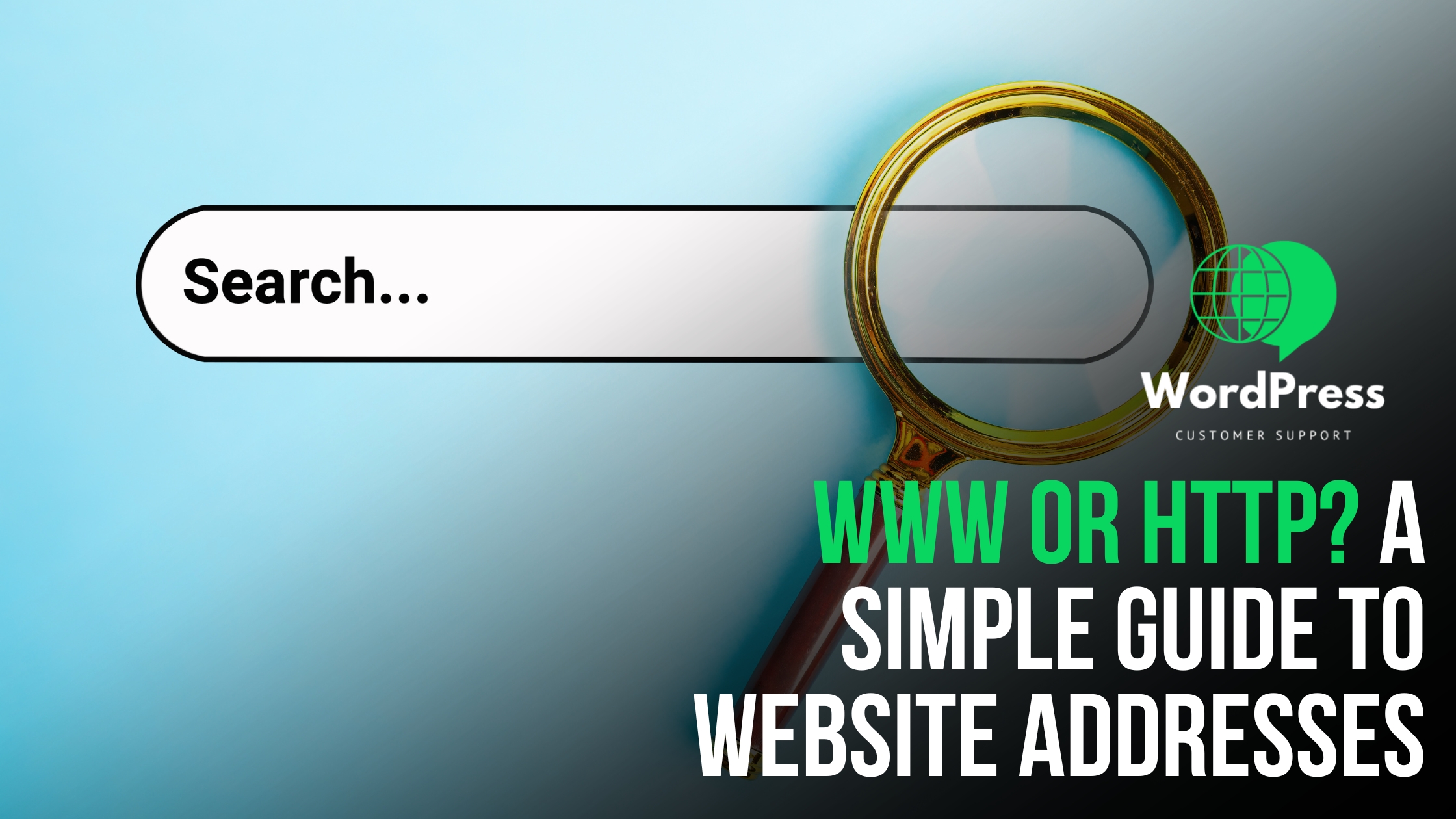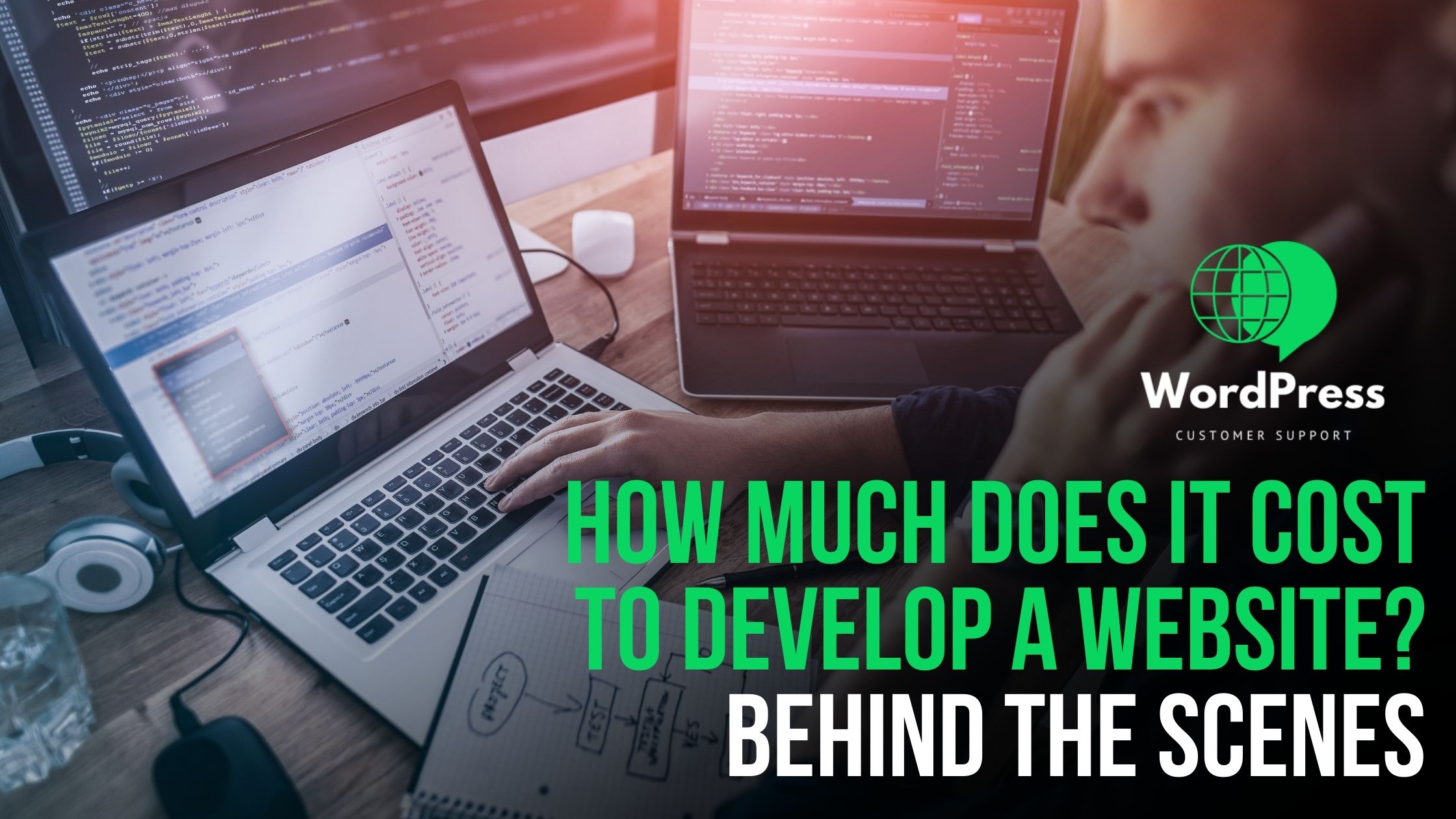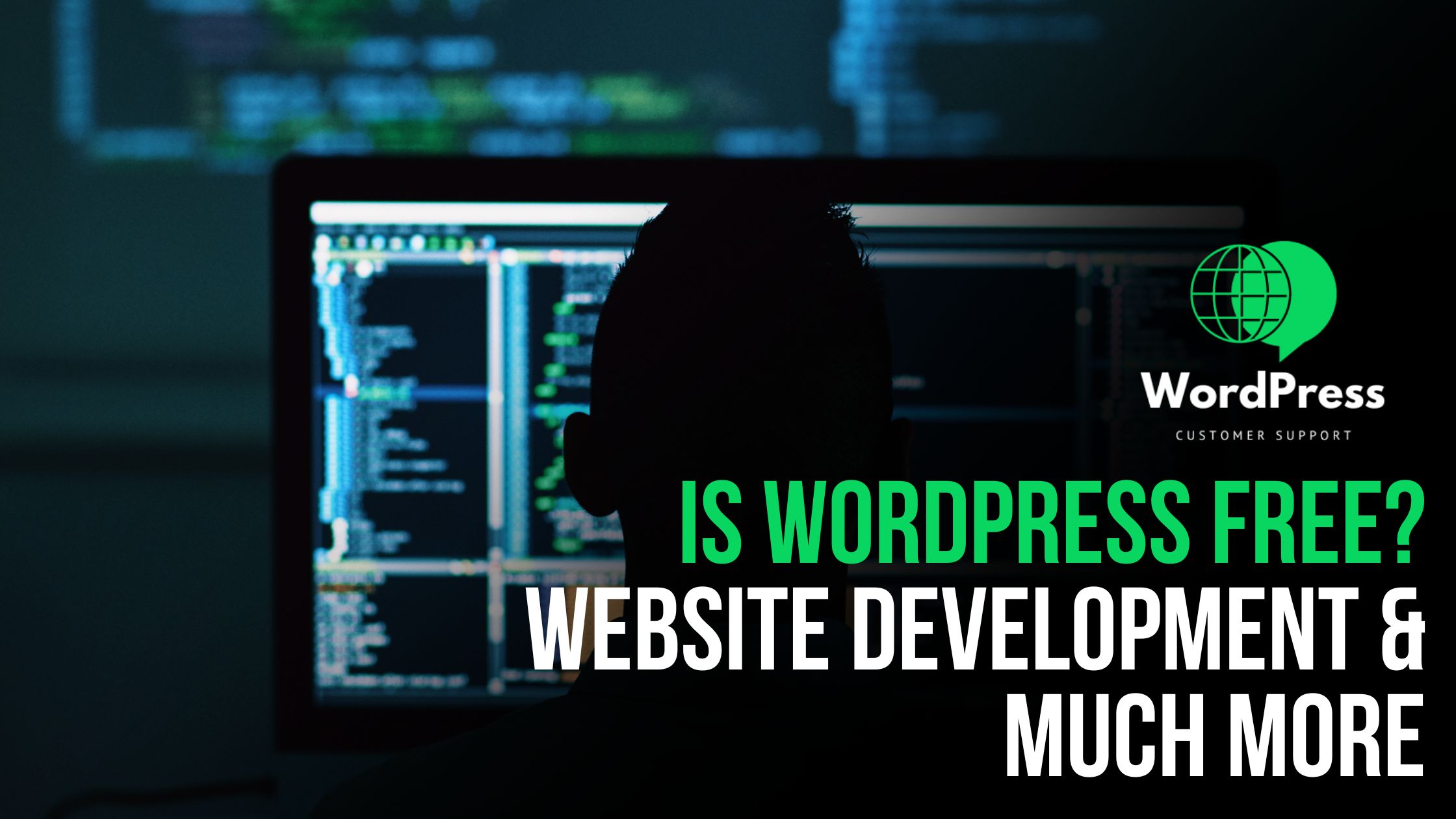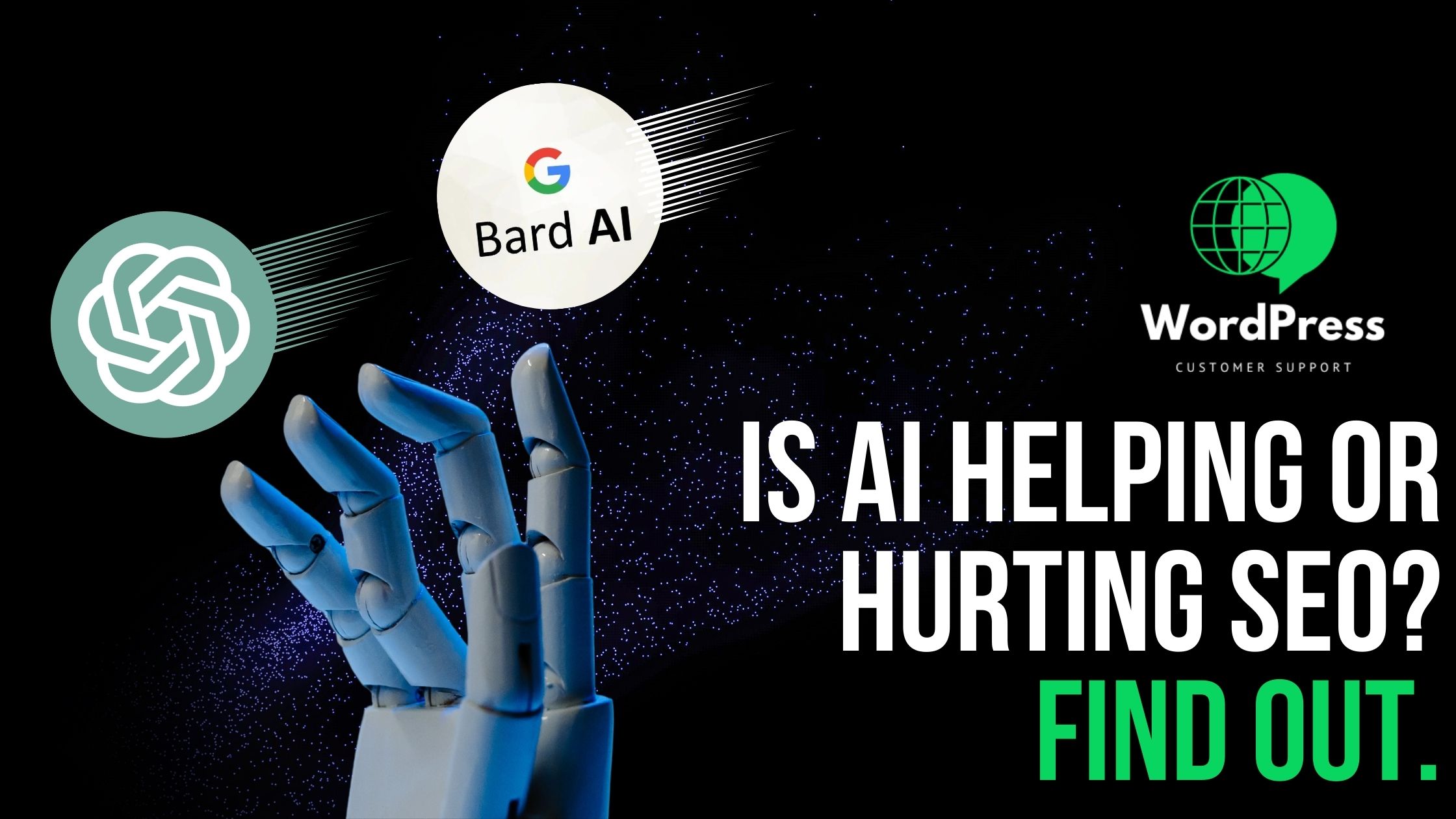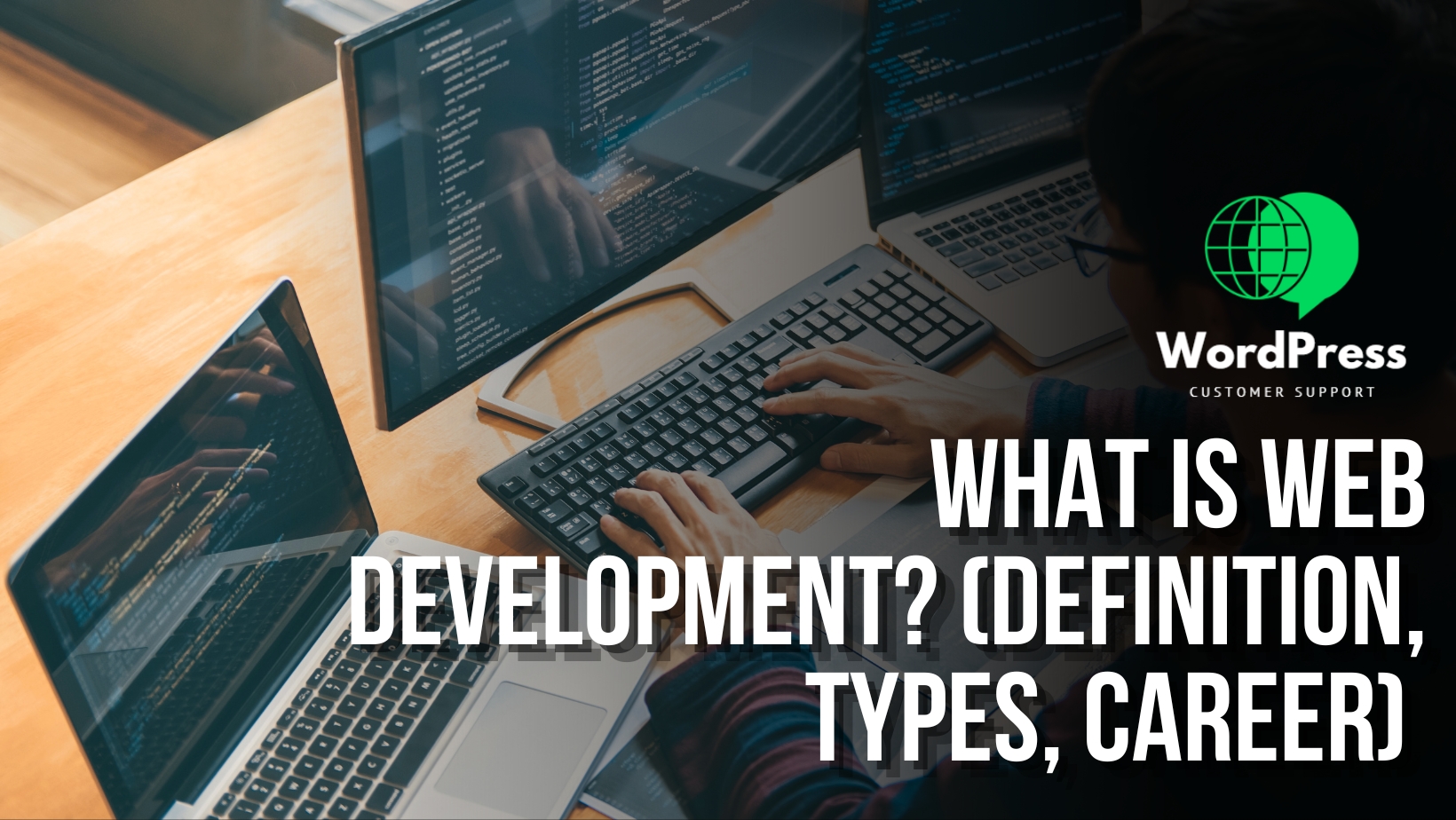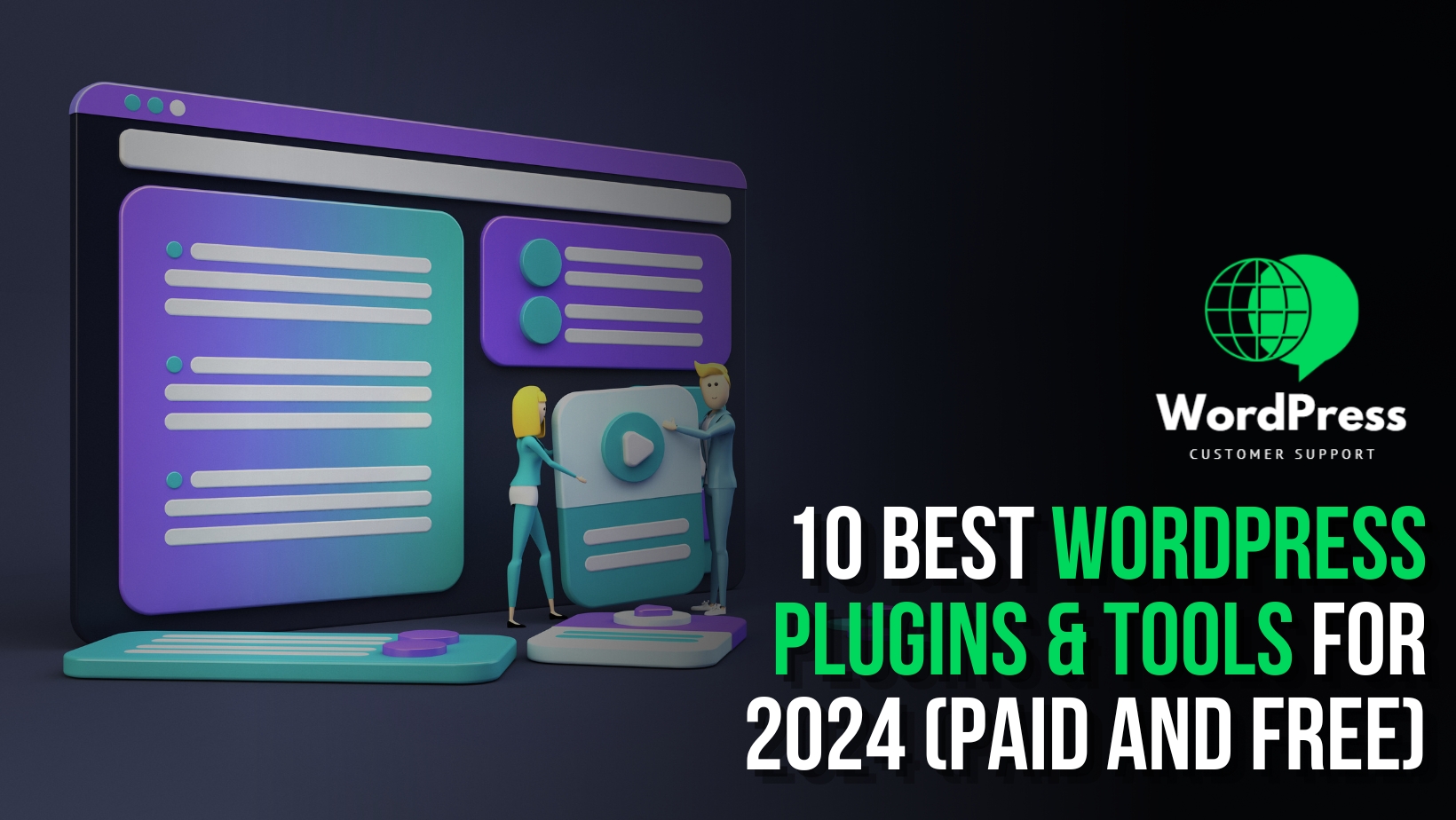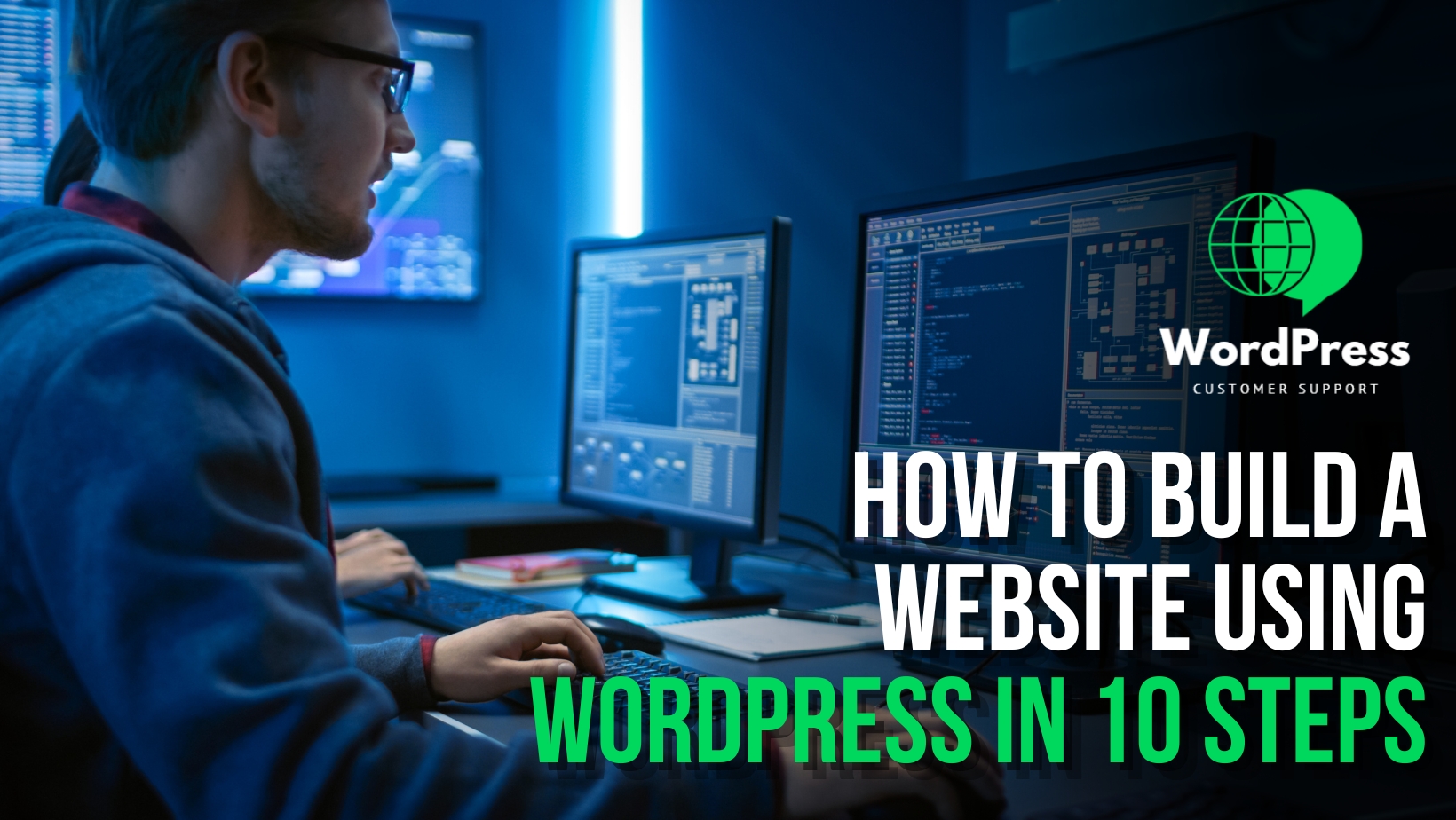Search Engine Optimization (SEO) is the cornerstone of online visibility and success. It’s the process of optimizing your website to rank higher in search engine results pages (SERPs) and attract more organic (non-paid) traffic. Within the vast world of SEO, two essential concepts stand out: On-Page SEO and Off-Page SEO. These two pillars are often discussed in the context of website optimization, and understanding their differences and how they complement each other is critical to crafting a winning SEO strategy.
On-Page SEO: Optimizing What’s on Your Website
On-page SEO encompasses all the strategies and techniques you can employ directly on your website to improve its search engine ranking. These elements are entirely within your control, making them the foundation of your SEO efforts.
1. Content Optimization
Content is king in the world of SEO. High-quality, valuable, and relevant content is not only engaging for your audience but also a significant factor in search engine ranking. Here are some key aspects of content optimization:
- Keyword Research: Start by conducting thorough keyword research to identify the terms and phrases your target audience is searching for. Tools like Google Keyword Planner, SEMrush, and Ahrefs can help.
- Keyword Placement: Incorporate your chosen keywords strategically throughout your content, including in titles, headers, body text, and meta tags. Ensure that your content reads naturally and doesn’t feel forced.
- Quality Content: Your content should provide real value to your audience. It should answer their questions, solve their problems, or entertain them. High-quality content is more likely to be shared and linked to by other websites.
2. Meta Tags Optimization
Meta tags are HTML elements that provide information about a web page to search engines. The two most critical meta tags for SEO are:
- Meta Title: This is the title that appears in the search results. It should be concise, include relevant keywords, and accurately describe the page’s content.
- Meta Description: This is a brief summary of the page’s content that appears below the title in search results. It should also include keywords and entice users to click on the link.
3. URL Structure
A clean and descriptive URL structure can improve user experience and SEO. Avoid long, convoluted URLs with unnecessary parameters. Instead, use URLs that provide a clear idea of the page’s content and include relevant keywords.
4. Internal Linking
Internal linking involves linking to other pages within your website. This not only helps users navigate your site but also distributes “link equity” (also known as link juice) throughout your website, helping other pages rank better.
5. Image Optimization
Images are an essential part of web content, but they need to be optimized for SEO. Use descriptive file names and alt tags for images to make them more accessible to search engines.
6. Mobile Friendliness
With the increasing use of mobile devices, having a responsive design that provides an excellent user experience on smartphones and tablets is crucial for SEO. Google even uses mobile-friendliness as a ranking factor.
7. Page Speed
Page speed is a critical factor in both user experience and SEO. Slow-loading pages can lead to higher bounce rates and lower search rankings. Compress images, use browser caching, and optimize your website’s code to improve page speed.
Off-Page SEO: Building Your Website’s Reputation
While On-Page SEO focuses on optimizing your website itself, Off-Page SEO involves activities that take place outside your website. It’s all about building your website’s authority, credibility, and reputation on the internet.
1. Backlink Building
Backlinks are links from other websites that point to your site. They are like “votes of confidence” from other webmasters. Search engines, particularly Google, view backlinks as a sign of your website’s authority and trustworthiness. Here are some aspects of backlink building:
- Quality Over Quantity: It’s not just about the number of backlinks but the quality. A single high-quality backlink from a reputable website can have more impact than dozens of low-quality ones.
- Natural Link Building: Google values natural, organic links. Unnatural or spammy link-building practices can lead to penalties. Instead, focus on creating high-quality content that naturally attracts links.
- Diverse Anchor Text: Use a variety of anchor texts (the text that is hyperlinked) when building links. This makes your link profile look more natural.
2. Social Signals
Social media plays a role in Off-Page SEO, albeit indirectly. Social signals, such as likes, shares, and comments, indicate that your content is engaging and valuable to users. While social signals themselves may not have a direct impact on search rankings, they can help increase your content’s visibility, potentially leading to more natural backlinks.
3. Brand Mentions
Even without a link, mentions of your brand or website on other websites and social media platforms can be valuable for Off-Page SEO. Google considers brand mentions when assessing a website’s authority and credibility.
4. Online Reputation Management
Managing your online reputation is crucial for Off-Page SEO. This involves monitoring and responding to online reviews, ratings, and mentions of your brand. A positive online reputation can indirectly affect your search rankings.
How On-Page and Off-Page SEO Work Together
On-Page and Off-Page SEO are not isolated strategies; they work in synergy to improve your website’s overall search engine performance. Here’s how they complement each other:
- Content Quality and Relevance: On-page SEO ensures that your content is of high quality and relevant to your target audience. When you have top-notch content, it’s more likely to attract natural backlinks and social engagement, which are critical Off-Page factors.
- Keyword Alignment: On-page SEO ensures that your content aligns with the keywords you want to rank for. When your content is optimized around specific keywords, Off-Page SEO efforts can drive traffic to relevant pages, increasing the chances of conversions.
- Backlink Quality: Off-page SEO, particularly backlink building, can enhance the authority of your pages. When other websites link to your well-optimized content, it sends a strong signal to search engines that your content is valuable and authoritative.
- Relevance and Trust: Both On-Page and Off-Page SEO contribute to the relevance and trustworthiness of your website in the eyes of search engines. When your website is well-optimized and has a strong online presence with quality backlinks, it builds trust with search engines and users alike.
- User Experience: Both On-Page and Off-Page SEO should focus on providing an excellent user experience. A well-optimized website with fast loading times and high-quality content enhances user satisfaction, reducing bounce rates and improving rankings.
Conclusion: Balancing On-Page and Off-Page SEO
In the world of SEO, there’s no one-size-fits-all solution. The key to a successful SEO strategy is finding the right balance between On-Page and Off-Page SEO elements.
Remember, SEO is an ongoing process. Algorithms change, user behaviors evolve, and new trends emerge. Staying up-to-date with the latest SEO best practices for both On-Page and Off-Page SEO is essential to maintain and improve your website’s visibility in search engine results pages (SERPs).
By optimizing what’s on your website (On-Page) and building a strong reputation and presence online (Off-Page), you can create a comprehensive SEO strategy that drives organic traffic, improves rankings, and ultimately leads to online success.



